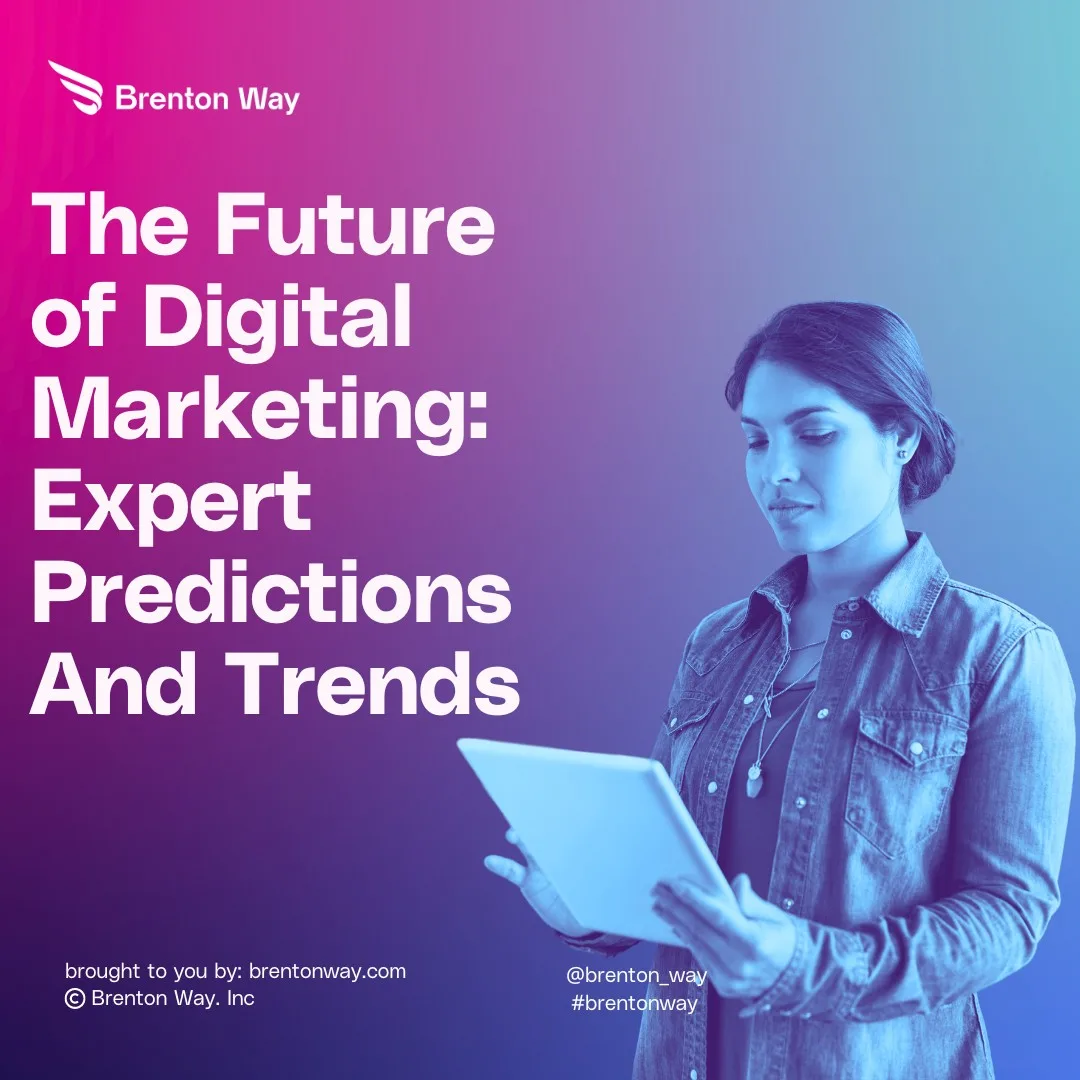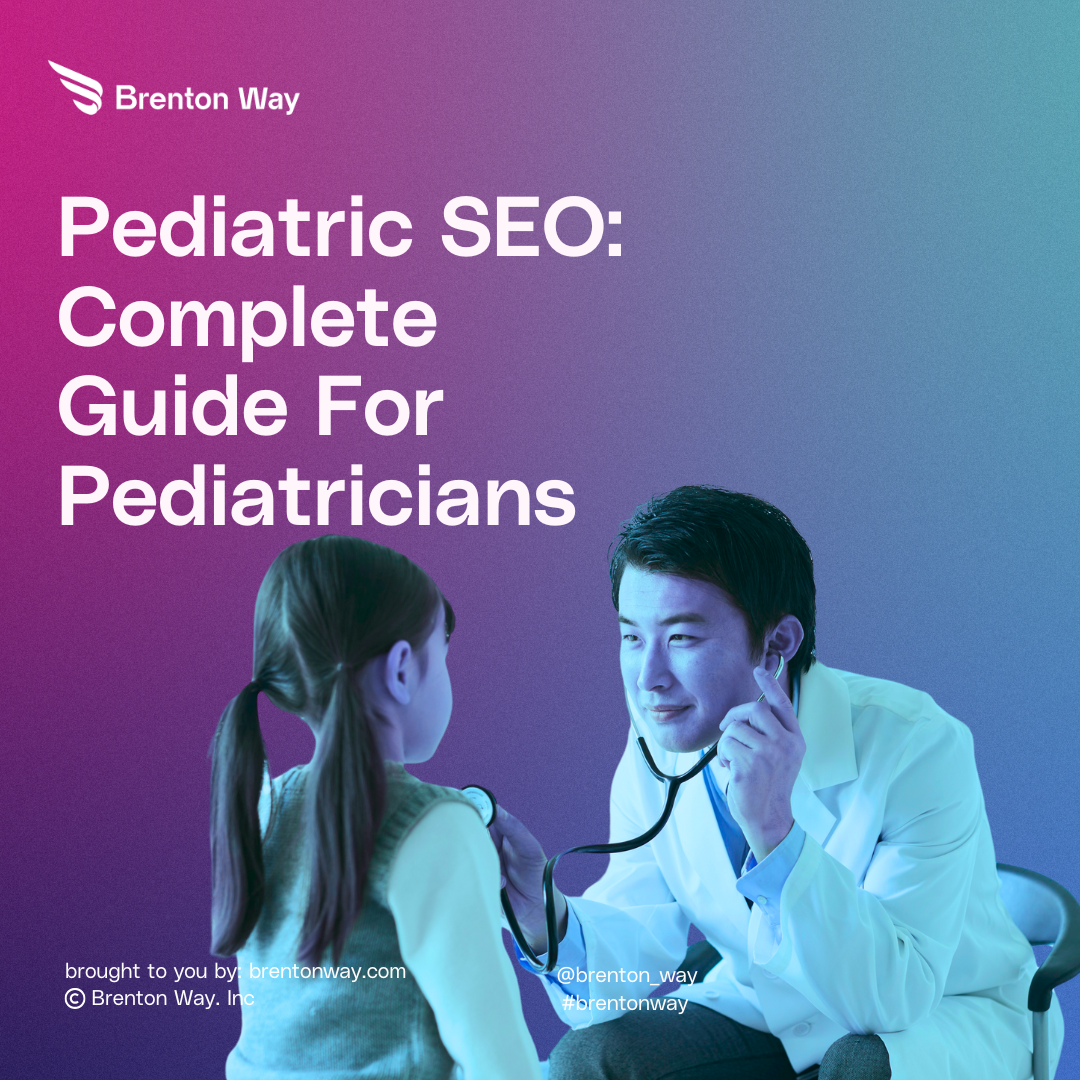
As technology advances, the digital marketing world continues to improve. In 2024, we can expect to see a strong emphasis on enhancing the user experience through core web vitals, utilizing AI for data-driven personalization, optimizing for voice search and local SEO, and tapping into influencer marketing. As the industry adapts to these new trends, brands […]

As technology advances, the digital marketing world continues to improve.
In 2024, we can expect to see a strong emphasis on enhancing the user experience through core web vitals, utilizing AI for data-driven personalization, optimizing for voice search and local SEO, and tapping into influencer marketing.
As the industry adapts to these new trends, brands must stay ahead of the curve to remain competitive in the digital landscape.
In this article, I will explore the top predictions for the future of digital marketing in 2024.
Core web vitals are a set of metrics that measure the quality of user experience on the web.
These metrics include loading speed, interactivity, and visual stability, which are critical factors in determining the overall user experience on a website.
By focusing on core web vitals, brands can ensure that their website is fast, responsive, and visually stable, providing users with a smooth and seamless experience. This leads to increased engagement, higher conversion rates, and better search engine rankings.
The top core web vitals metrics are:
As a result, brands that prioritize core web vitals in 2024 will be able to provide their customers with a superior online experience, setting themselves apart in an increasingly competitive digital landscape.
Artificial Intelligence (AI) has the power to transform digital marketing in several ways.
Here are a few ways AI is helping in digital marketing:
Here is a list of some popular AI-powered tools used in digital marketing:
In 2024, we expect to see an increased use of AI in digital marketing, helping brands better understand and engage with their customers and deliver a more personalized and efficient customer experience.
Voice search optimization is becoming increasingly important in the world of online marketing.
With the growing popularity of voice-enabled devices, such as Amazon Echo and Google Home, more and more consumers are turning to voice search to find information, products, and services.
Optimizing for voice search involves optimizing a website’s content and metadata to ensure that it is easily discoverable through voice search. This includes using long-tail keywords, natural language, and conversational language that align with how people speak.
Google pulls voice search snippets from the top-ranking pages. Here is an Ahrefs chart to prove this:
By optimizing for voice search, brands can improve their visibility and increase the likelihood of being discovered by consumers using voice-enabled devices. This can lead to increased website traffic, higher conversion rates, and improved customer engagement.
Here are some of the best voice SEO tips to apply to beat your competitors:
In 2024, we can expect to see an even greater emphasis on voice search optimization as the use of voice-enabled devices continues to rise.
Brands prioritizing voice search optimization will be well-positioned to tap into this growing trend and improve their digital marketing efforts.
Micro-influencer marketing is a form of influencer marketing that focuses on partnering with smaller, niche influencers with a highly engaged following.
Here are a few ways that micro-influencer marketing can help businesses:
In 2024, we expect to see an increased use of micro-influencer marketing as companies look to connect with consumers in more authentic and personal ways.
By partnering with micro-influencers, companies can tap into the power of influencer marketing and reach new audiences more effectively and cost-effectively.
Video marketing is transforming the digital marketing landscape by providing a powerful and engaging way to reach audiences.
Emerging trends in video marketing include increased use of interactive and personalized videos, vertical and square videos, live streaming, and virtual and augmented reality.
Live streaming video has seen a significant increase in popularity in recent years due to the rise of platforms like YouTube, Twitch, Facebook, and TikTok.
The below chart shares the estimated live-streaming market value between 2025 – 2028 :
Most social media platforms have incorporated live streaming capabilities into their offerings, with platforms like Facebook, Twitch, and YouTube leading the way.
Businesses can prepare for the growing popularity of live-streaming video by:
Brands should prepare for these changes by investing in high-quality video production, embracing new technologies, and testing various formats to determine what resonates with their target audience.
Anticipation marketing refers to using data and insights to anticipate what customers want and need and then using that information to deliver personalized experiences.
Technology and data are used to create a more proactive, customer-centric marketing approach.
Brands can prepare for this shift in mindset by:
By embracing anticipation marketing and putting the customer at the center of their efforts, brands can stay ahead of the curve, delivering relevant and personalized experiences that build brand loyalty and drive growth.
Metaverse refers to a virtual world intended to be a parallel universe to our physical world. It is an immersive, three-dimensional virtual environment that can be accessed and interacted with through the internet.
According to Bloomberg, the metaverse is expected to become an $800 billion market by 2024.
Metaverse allows users to create and interact with digital assets and experiences, such as virtual real estate, characters, and objects, in a shared online space. This can be accessed through various devices, including desktop computers, virtual reality (VR) headsets, and augmented reality (AR) devices.
Brands can market themselves in the metaverse by creating virtual representations of their products and services and using them to engage with customers.
For example, a fashion brand could create a virtual store where customers can try on virtual clothing, or a car manufacturer could create a virtual showroom where customers can explore their vehicles.
There are already several examples of brands engaging with the metaverse, including Luxe, a virtual fashion showroom where users can interact with luxury brands such as Gucci, Prada, and Chanel.
Another example is The Sandbox, a metaverse where users can buy, sell, and develop virtual real estate.
To prepare for this change, brands need to understand the unique opportunities and challenges of marketing in the metaverse. They should consider the target audience and their preferences, the specific benefits of their products in the metaverse, and how they can effectively reach and engage with users.
Additionally, brands should stay up-to-date with the latest trends and developments in the metaverse to ensure they can take advantage of new opportunities.
Inclusive media planning is becoming increasingly important as brands strive to reach diverse audiences and promote inclusivity in their messaging and advertising efforts.
Conducting a media plan audit and being mindful of potential biases in targeting and content selection can help brands ensure they effectively reach and engage with a wide range of consumers.
Additionally, taking affirmative action to support underrepresented voices and communities can help build trust and connection with these groups and positively impact society as a whole.
Here are a few examples of inclusive media planning practices:
The key is to take a holistic and intentional approach that considers the target audience’s diverse perspectives and experiences.
Augmented Reality (AR) is transforming e-commerce by offering a new and interactive way for consumers to engage with products and brands.
AR technology allows shoppers to see and experience products in a virtual environment, providing a level of engagement and immersion not possible with traditional online shopping.
Here are a few examples of how brands are leveraging AR in e-commerce:
These are just a few examples of how AR is changing e-commerce, but the future holds even more possibilities as technology continues to evolve. The use of AR in e-commerce will likely continue to grow, offering customers a more immersive and interactive shopping experience and providing brands with new opportunities to connect with customers more meaningfully.
Conclusion
The future of digital marketing is shaping up to be a highly personalized, data-driven landscape with a focus on delivering relevant and engaging customer experiences. Brands that embrace anticipation marketing, invest in technology and data, and put the customer at the center of their efforts will be well-positioned to succeed in this rapidly evolving digital landscape.
With automation, machine learning, and artificial intelligence playing increasingly significant roles in marketing, it will be necessary for brands to stay ahead of the curve, continuously refining their strategies and adapting to new trends and technologies as they emerge.
The future of digital marketing is exciting and presents a wealth of opportunities for brands that are willing to embrace change and take risks.
Need help upgrading your digital marketing plan? Schedule a strategy call with Brenton Way’s experienced digital marketing experts.


